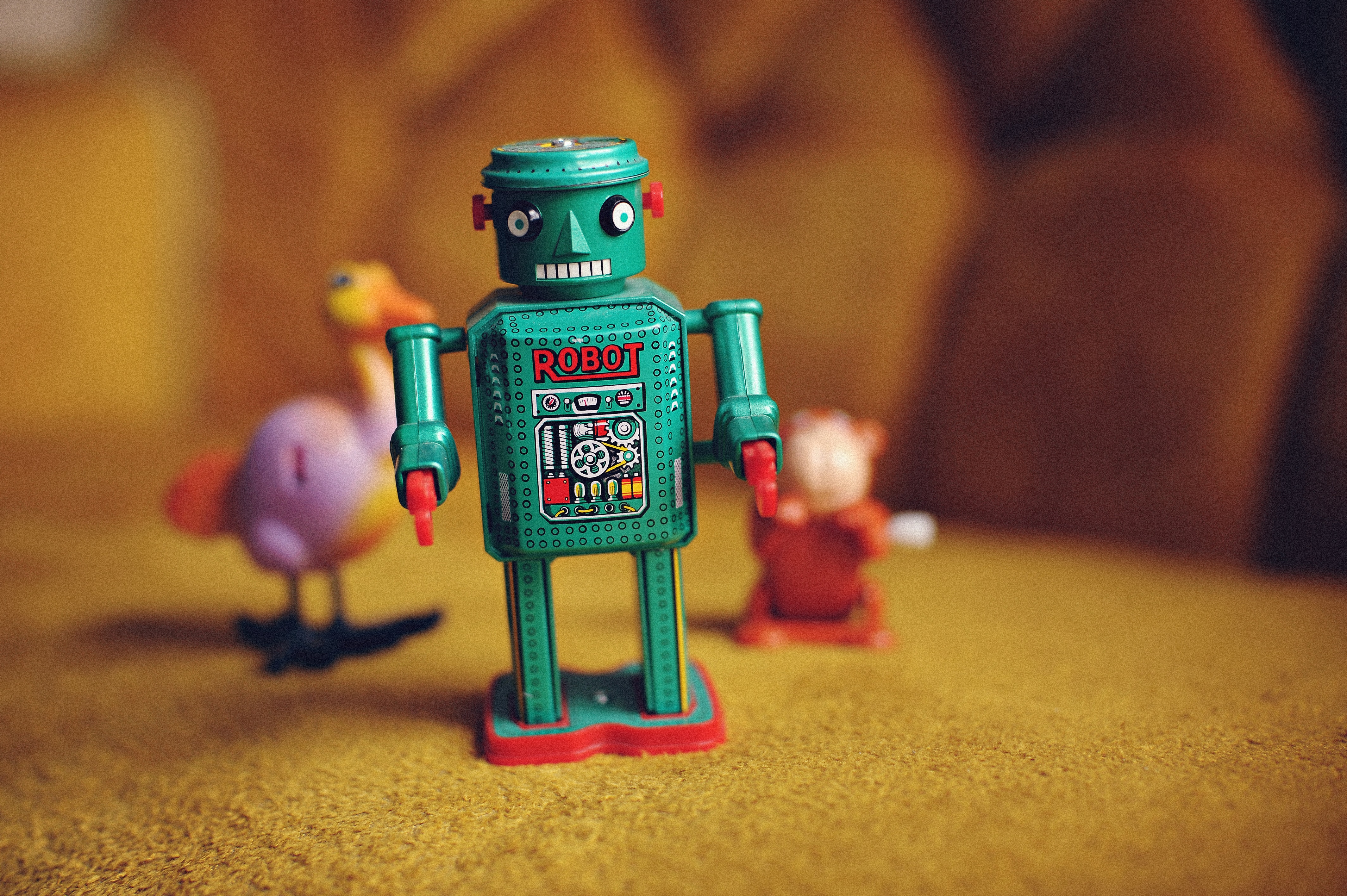Insights
INSIGHTS
All Topics
Common misconceptions about AI
28 Mar 2023by Chloe Green
No, the robots aren’t going to take over and, yes, even small charities can benefit from machine learning. We break down a few of the misconceptions and myths about charities and AI
With so much buzz surrounding artificial intelligence (AI), there are also plenty of misconceptions floating around about what it does and how it will really affect charities. Let’s put some of these to right.
AI is a fad
The rate of technological progress in digital over the last decade means that new technologies are constantly appearing. When they start to become mainstream, there is often a huge amount of hype around them. Many of them make bold promises only to fall flat on their expectations.
It’s easy to believe that AI – probably the most hyped technology of all – is just another one of these buzzwords. But it’s not. AI and machine learning represent a whole new way of humans interacting with and using computers. Put simply, it’s a way that computer systems can carry out tasks and learn by themselves without being explicitly programmed to do so, driving efficiency and solving many problems that humans couldn’t do alone.
In everyday life for consumers, the technology is quietly ticking things over and improving customer experience behind the scenes, from ride-sharing apps to video streaming, social media and online shopping. This is just the start – some experts are saying that the impact of AI will be bigger than that of the internet, and that AI is part of the ’fourth industrial revolution.’
AI is coming for our jobs
The perfect storm of advanced AI programming, exponentially improving computing power and the cloud, together with the massive amounts of data being generated to train AI algorithms, means that AI is finally becoming a useful everyday reality in every field and industry – and he charity sector will not be an exception.
But the ’robots taking over’ myth is hard to shake. There’s a common fear that AI could make human workers obsolete, with automation cited as a ’risk’ to various industries – the estimations on the numbers of jobs it could replace in the workforce seem to be rising all the time.
But there is little actual evidence for this, and it’s certainly not that simple. AI has hugely exciting possibilities for charities, from new ways to deliver services and information, to philanthropy, research and translation.
AI programmes are designed to make tasks involving complex data easier and quicker. This is likely to change many jobs, but as experts from MIT argue, it won’t take them away completely.
Humans will still be needed to work the jobs that machines can’t. The automation of routine tasks using AI to enhance and augment the work that we find most difficult and leaves us to focus on what we do best – drive innovation, think creatively, and make human the human connections that AI cannot.
Job losses are not inevitable – new ones involving the management of AI are. This is especially the case in a charity sector that revolves around human compassion, empathy, and communication.
AI is unethical
Dystopian visions of the robot uprising, again, tend to loom large in people’s minds. Even scientists and technologists like Stephen Hawking and Elon Musk have made dramatic warnings about the long-term risks of building machines that are potentially cleverer than us.
But we are a long way from creating AI machines that are able to perform any task that a human can (artificial general intelligence), if that will ever be achieved. AI, like all technologies, is entirely neutral. It’s just a tool, and it’s up to the people programming and using it to ensure ethical safeguards are in place.
As users of AI, it’s important to be aware of the risks involved with letting computers make decisions. Charities especially have a key role to play in ensuring that human biases and prejudices are not unintentionally programmed into computer systems that don’t know any better.
This report from the Charities Aid Foundation sets out some of the key ethical considerations to think about, and the responsibilities of the sector to ensure the use of AI decision making is fair, inclusive and transparent to the people it effects.
AI is for large charities
The cloud is opening up whole new worlds of computing capability for organisations of all kinds, with the ability to take advantage of resources they never could in-house.
This has led to the rise of AI as a service products, with companies jumping on the market appetite for out-of-the-box AI that anyone can benefit from. As a result, AI tools are becoming more accessible for organisations of all sizes and budgets.
Most major vendors now have AI tools that organisations can us. Microsoft has a number of AI products and capabilities built into its apps, from personal assistants and chatbots to machine learning analytics tools.
Salesforce.org have in-built analytics capabilities with its CRM platform, giving non-profit organisations the ability to dig deeper into their data to discover trends, predict outcomes and get a clear understanding of their impact.
AWS also have a wide range of machine learning services and apps. Smaller charities can benefit from reading this list of the best AI resources for charities.
Chloe Green
More on this topic
Recommended Products
Our Events
Charity Digital Academy
Our courses aim, in just three hours, to enhance soft skills and hard skills, boost your knowledge of finance and artificial intelligence, and supercharge your digital capabilities. Check out some of the incredible options by clicking here.





















